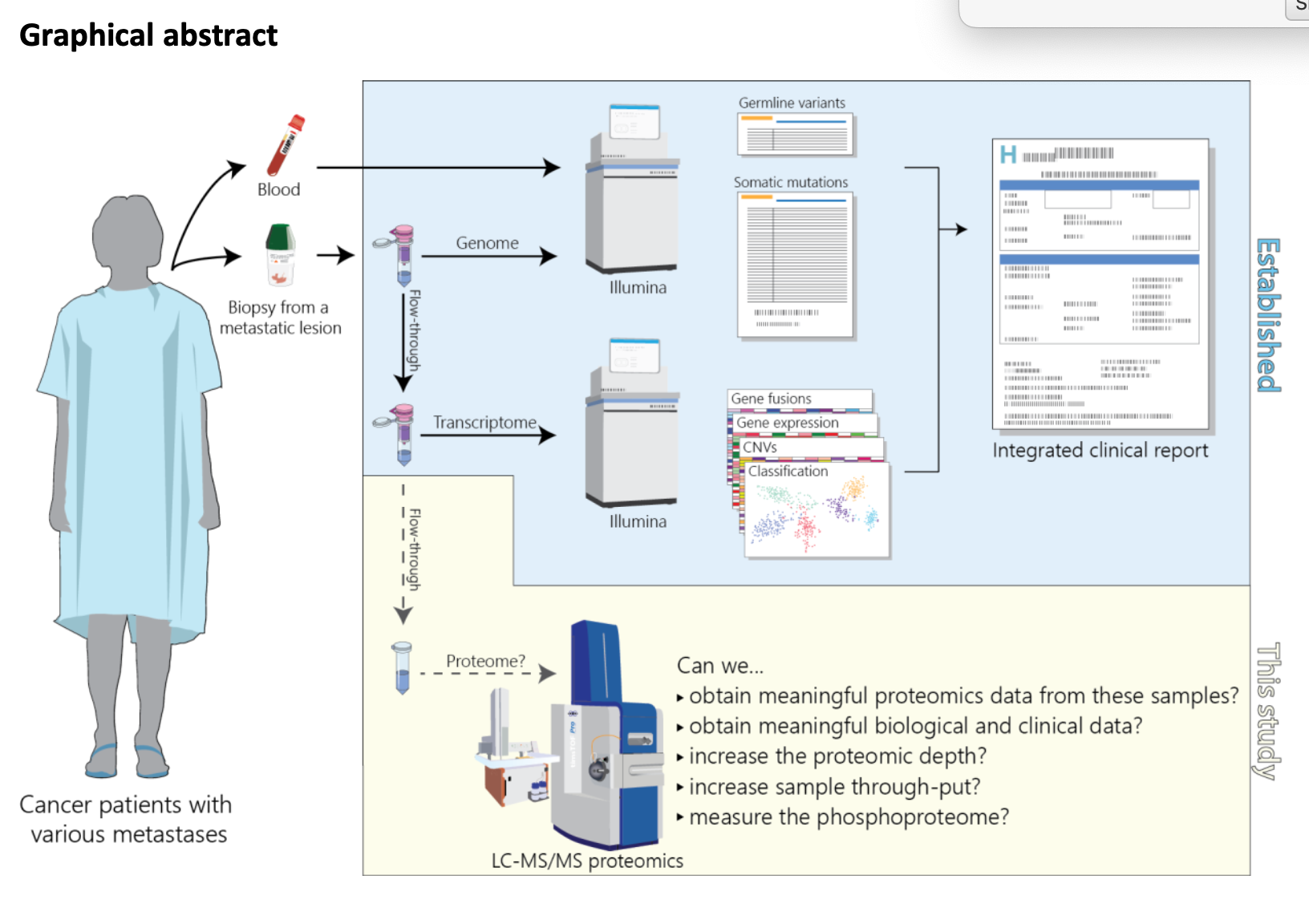A new company, Tagomics, have a very interesting pre-print: Epigenomic profiling of active regulatory elements by enrichment of unmodified CpG dinucleotides that describes their novel epigenomic profiling approach called “Active-Seq”, a bisulfite-free method designed to enrich unmethylated DNA as opposed to enriching methylated (e.g. MeDIP, GH) or everything (e.g. Twist, Grail).
think MeDIP but for non-methylated CpGs
Active-Seq works by enriching for non-modified CpG sites using a mutated bacterial DNA methyltransferase enzyme (M.MpeI), which tags non-modified CpG sites by switching the enzyme’s natural cofactor (SAM/AdoMet) with a non-natural cofactor analogue that enables DNA transalkylation with an azide-terminated functional group and click chemistry biotinylation for CpG pull-down.

In the pre-print they show performance with low DNA input in cell lines, cfDNA, and FFPE tissue; and they suggest it’s use in early detection and diagnosis of cancer, especially from liquid biopsies. Active-Seq appears to accurately identify tissue-specific epigenetic marks and can therefore distinguish biologically distinct samples and tissues suggesting its potential application in identifying the tissue of origin and studying enhancer methylation.
Application in CRC: The pre-print includes a small amount of POC data in colorectal cancer (CRC) where they used Active-Seq to assess tumor and adjacent normal tissues from nine CRC patients and six patients with different cancer types. Active-Seq discriminated tissue type and disease status, and identified thousands of differentially methylated regions (DMRs) in CRC, covering distinct genomic features. The hypomethylated DMRs overlapped with repetitive DNA regions and lamina-attached domains, and they also detected hypermethylated DMRs, which overlapped with TSS and PRC2 sites. And they tried to identify CIMP positive CRC patients by analysing promoter hypermethylation at eight genes (CACNA1G, CDKN2A, CRABP1, IGF2, MLH1, NEUROG1, RUNX3 and SOCS1) with pretty good success.
I’d be interested to hear what others think about this new method from a NewCo? Get in touch on Twitter or in the comments.








Leave A Comment